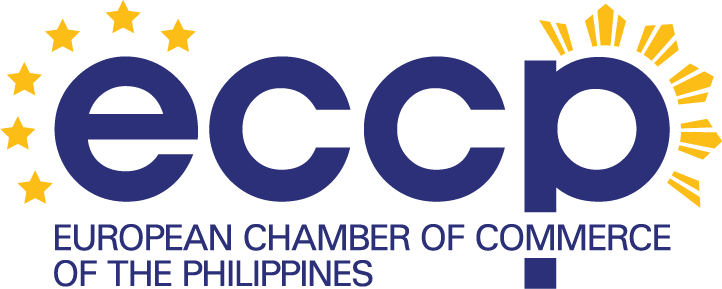
Financial Modelling Using MS Excel
Course Overview
Financial modelling using MS Excel (2003/07/10/13 versions), covers the major topics of Time Value of Money Principles, the Discounted Cash Flow (DCS) method, and modelling using Monte Carlo Simulation.
Time Value of Money
The basic idea of Time Value of Money is that a dollar today is worth more than a dollar tomorrow. This can be shown in many ways. Many people find it easiest to understand if they think in terms of something they already know. For example- food – having the money today allows you to buy some food immediately. Alternatively, you may be willing to forgo current consumption and wait until later to purchase your food. Thus, you can lend your “food money” to another with the promise of being paid back at some future time. These overview statements would provide the prospective participants with a bird’s eye view of the landscape that must be covered for this section of the training. The subjects taught in this section would form basis for the succeeding major sections, which are the Discounted Cash Flow method and the Monte Carlo Simulation.
DCF Method
Participants will learn how to build a discounted cash flow valuation model. The session starts with an overview of the valuation methodology and the steps required in setting up a DCF valuation model. Focus can then follow to the circulation of free cash flow. A detailed ratio analysis is used to establish the reasonableness of the forecasts and to identify when the target company reaches steady state. An analysis will then be made to determine the weighted average cost of capital, calculate terminal values, using both the exit multiple method and the perpetuity growth method. Next, a determination of the discount value of the free cash flows to arrive at enterprise values and calculate the implied share price. Once the valuation is complete, participants perform several checks on the analysis using key ratios and sensitivity and scenario analysis
Monte Carlo
Risk analysis is part of every decision we make. We are constantly faced with uncertainty, ambiguity and variability. And even though we have unprecedented access to information we can’t accurately predict in the future. Monte Carlo simulation (also known as the Monte Carlo Method) lets you see all the possible outcomes of your decisions and assess the impact of risk, allowing for better decision making under uncertainty.
Who Should Attend
Everyone who has a desire to maximize the built-in functionalities of MS Excel and who wish to address work situations which may not be solvable using the standard features of MS Excel or may not be solvable due to lack of understanding or experience in using Monte Carlo Simulation, DCF Methods of Financial Modelling or the basics of the Time Value of Money (TVM) are good candidates of the course.
This course is also crucial for managers without a significant financial background who are charged with project planning, purchasing decisions and planning capital budgeting projects.
No programming work is involved in these sessions. Only basic familiarity with MS Excel from versions 2003, 2007, 2010 and or 2013 required.
Learning Investment:
PhP 17,000 +12% vat
**a more comprehensive outline is available upon request
Seminar fees include coffee breaks, lunches, Seminar Materials and certificate of attendance. This training program can also be run in-house.

